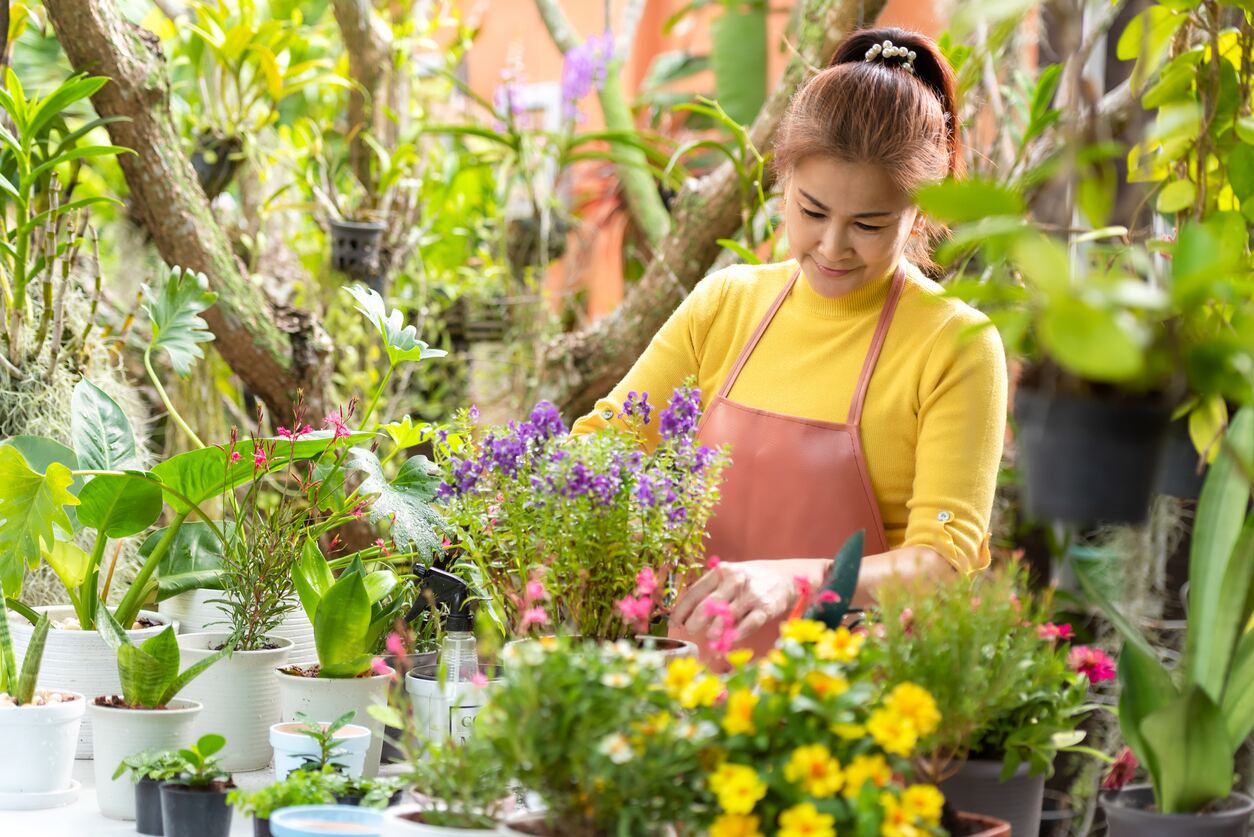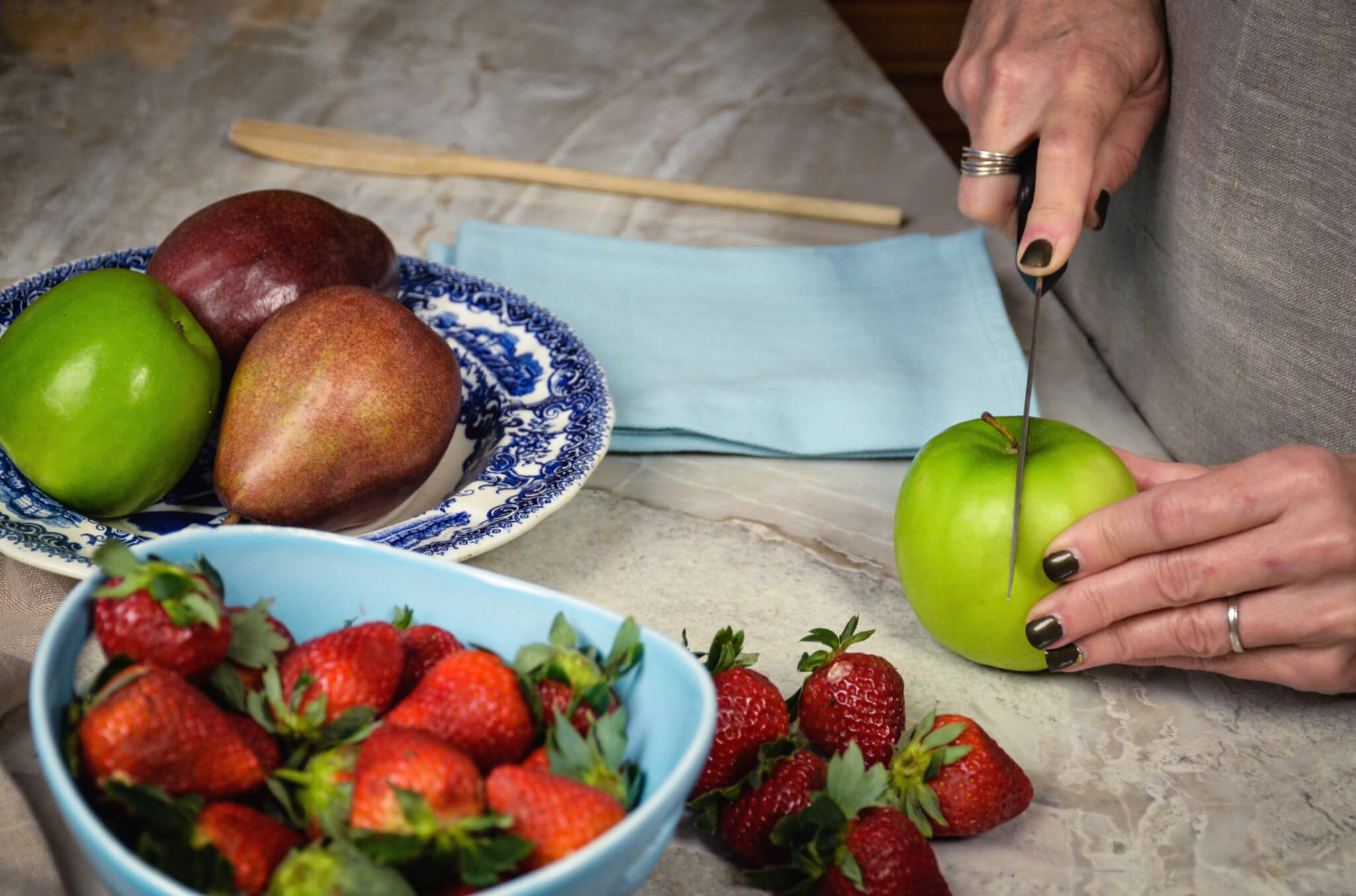When it comes to creating and maintaining a healthy, thriving garden, there always seems to be something new to know. Fortunately, Mother Nature is a terrific teacher. The more you garden, the more your instinct will grow. In the meantime, here are 12 tips for all gardeners to achieve the best possible growth for their flowering, fruit, and vegetable plants.
1. Plant varieties best suited for your area.
First and foremost, let your USDA Plant Hardiness Zone guide you. This will help you select plant varieties that can survive in your area’s winter weather conditions. For annuals, fruits, and vegetables, you can also use your hardiness zone to figure out your last frost date in spring, after which it becomes safe to plant them outside.
2. Choose where and what to plant based on sunlight.
If your garden has sunny areas and shady areas, choose what and where to plant based on its sunlight needs. For example, most vegetables need full sun for at least eight hours a day to produce the best harvest. However, cool-season vegetables, such as spinach, lettuce, cabbage, and radishes, thrive where they get some shade.
Furthermore, some flowers considered “shade growers” actually aren’t. For example, certain hydrangeas, such as the panicle variety, need the sun to reach their full flower. If you want a thriving garden, make sure to do your research and plant accordingly.
3. Give transplants enough space to relax.
When transplanting a container-grown perennial into your garden, create a hole twice as wide as the plant ball. This gives the plant plenty of room to relax and establish good roots in its new home. Ensure the hole has the same depth as the container the plant came in. After placing the plant into the hole, use the soil you dug up to fill space around the roots — rather than bagged soil that’s new to that spot.
4. Avoid digging or planting in wet soil.
Digging or planting in wet soil can damage the soil structure. The soil should not be able to maintain a ball shape when you squeeze it in your palm. It doesn’t have to be bone-dry, just crumbly.
5. Remember that soil quality is your goal.
Soil quality is the answer to growing a thriving garden of healthy plants. Amend your soil with organics such as compost and mature manure. The best soil is crumbly, easy to dig, loose enough to provide oxygen for plant roots, and readily accepts water.
If you must use fertilizer to improve your soil’s nitrogen, phosphate, and potash levels, then try to use the most organic one you can find.
6. Make sure that manure fertilizer is fully rotted.
If you use manure as fertilizer, ensure it has cured in the compost pile for at least six months. Fresh manure has too much nitrogen, which can “burn” plants. Also, it can contain parasites and pathogens. Never use manure in your garden that comes from cats, dogs, or pigs (or let it mix with other manure in your compost piles) because it may contain parasites that can infect humans.
7. There’s no substitute for your own hands.

Did you know that deep hoeing or cultivating can worsen matters by bringing weed seeds to the surface? Therefore, the best way to control weeds in any type of garden is to use your hands to weed and hoe. Start weeding early in the season, and do it often to prevent weeds from going to seed. Smother annual weeds with mulch.
8. Plants need to drink, not rinse off (or bathe!)
Most in-ground garden plants require 1 to 2 inches of water weekly. Deeply water your garden once a week, rather than sprinkle it daily — unless Mother Nature takes care of that task herself with a good rain. Shallow, frequent watering causes plant roots to grow toward the surface rather than downward. But too much water at one time can cause root rot.
9. Keep an eye on your bugs.
Insects cause much more than just cosmetic damage to your plants. They can carry viruses, and they create openings in stalks, leaves, and flowers, which can allow viruses and bacteria to enter. The most common garden pests include aphids, beetles, slugs, certain types of worms, and more. If left uncontained, they can easily destroy a thriving garden and all the love you put into it.
When choosing a pest control method, organic options are always better for your soil and safer for your plants and your family. Mother Earth News provides extensive information on the best organic pest control methods and how they work.
10. Don’t forget to deadhead old blooms—both annuals and perennials.
Deadheading, or removing spent flowers, encourages perennials to grow strong leaves and roots instead of exhausting their energy on seed production. Deadheading may produce more flowers for annuals before the plants reach the end of their lifecycle.
11. Know when to prune.

For example, spring-flowering shrubs must be pruned immediately after the blooms fade rather than waiting until later in the year. That’s because they set their flower buds in the fall on last year’s growth, so late pruning would remove the following spring’s buds.
12. Give your perennials time to mature.
Remember that perennials typically need three years to reach maturity—“one to sleep, one to creep, and one to leap,” as the old saying goes. Don’t consider the plant a dud unless it fails to produce flowers or fruit by the end of the third season. Growing a thriving garden takes patience and lots of love.
Read More:
Growing Healthy Through Organic Gardening
Publisher: Source link








